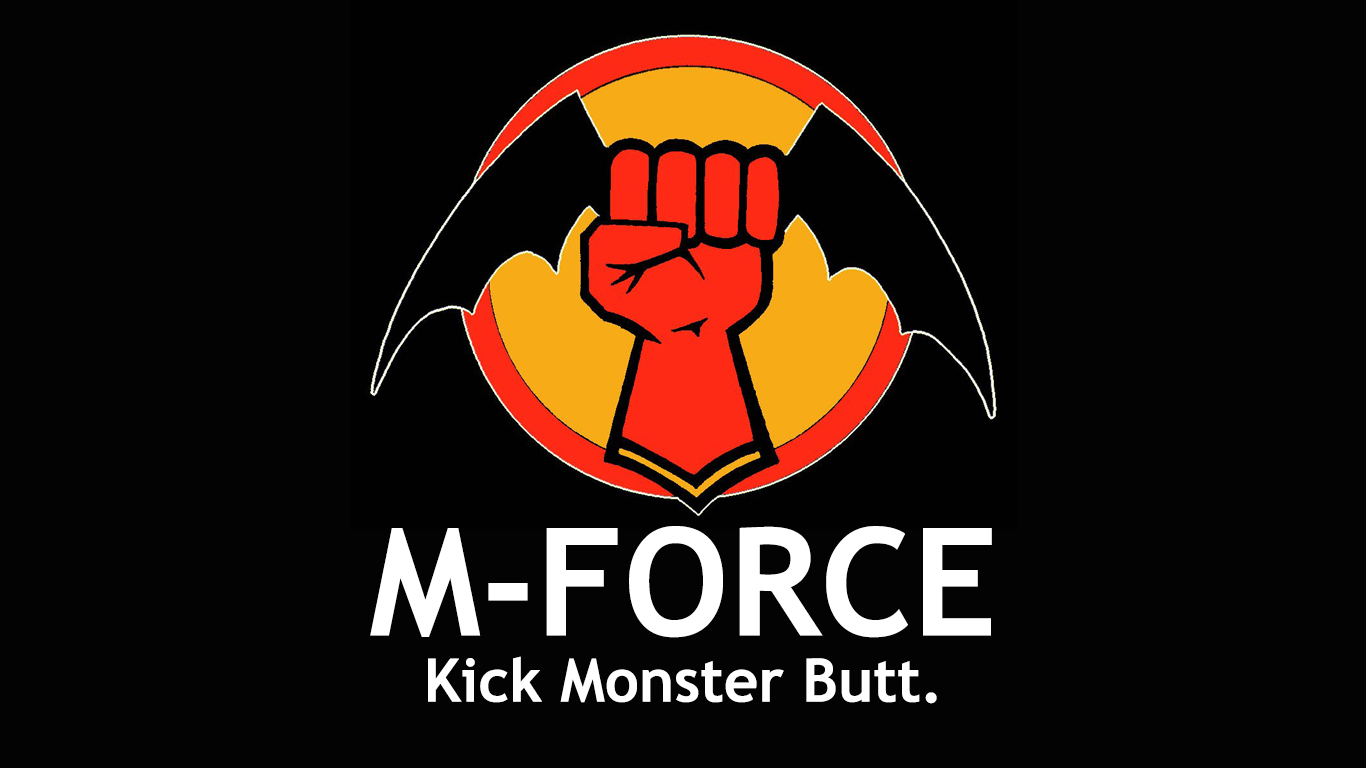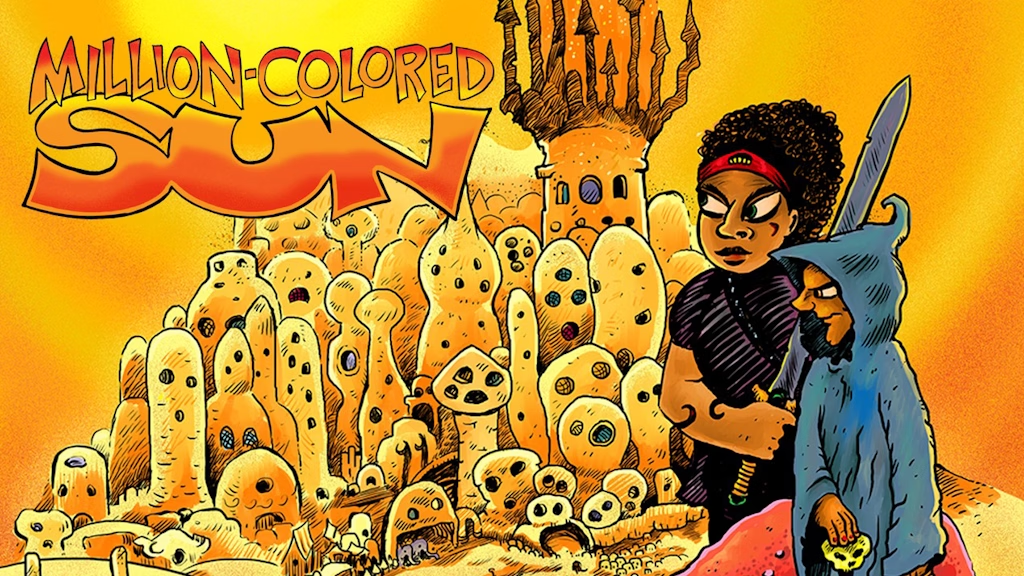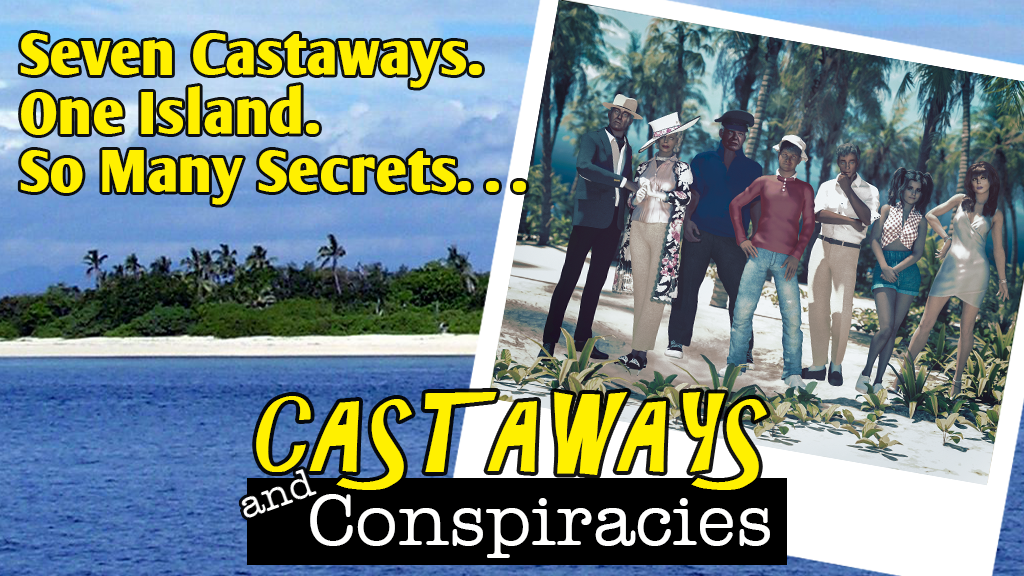We may earn money or products from the companies mentioned in this post.
When Hex wrote M-Force: Monster Hunting in the 21st Century, we included a lot of detail about the organization and all of the support that it could offer a team of monster hunters in the field. Unfortunately, we didn’t include any rules for dealing with this support structure, which meant the competence and response time of support personnel was basically left up to GM fiat.
Since some gamers aren’t exactly proactive, this often led to situations where players would sit around doing nothing while waiting for support or information from headquarters. This often annoyed the GM, leading to a kind of battle of wills, with the GM withholding backup until the players actually did something and the players refusing to act until they got the support they’d requested. Eventually the GM would have the monster attack to get things moving again. Not surprisingly, the suddenness, viciousness, and deadliness of said attack was often be directly proportional to the amount of time the PCs had dawdled while waiting for M-Force HQ to bail them out.
Since M-Force isn’t intended as a game wherein the entire party gets eaten by monsters on a weekly basis, I’m thinking about adding some rules to the second edition (current release date: sometime before L8on’s daughter is old enough to drive) to handle the support structure. While the rules presented here are written with M-Force in mind, the basic concepts here should be applicable to just about any game where the PCs have access to a support structure, be it a mercenary company, international espionage organization, or star fleet.
The Crunchy Stuff
An organization has Words and Numbers similar to that of a player character. These stats, and tips on how to use them, are described below.
Office Type: This Word describes what kind of office or organization the characters work for. For an M-Force game, the most common Office Types would be: Local Office, College Office, Riverine Office, Maritime Office, Containment Facility, Regional Office, and National Headquarters. Certain elements of particularly large offices—for example the Quinn Library, Experimental Operations Team, or the Atlanta Regional Office’s Heavy Weapons Division—might be considered “offices” in their own right, with stats independent of the office to which they are attached.
Office Size: This Number is a measure of the overall size of the office and is rated between ½ and 5. Here are some rough guidelines as to what those numbers mean:
· 1/2: Tiny office fielding a single team who probably also take turns acting as office/support staff. Often located in rural areas or areas with little or no monstrous activity. (Examples: Lime Mill, KY; Follansbee, WV)
· 1: Small office capable of fielding two or three teams. Most small offices have a small but dedicated full-time support staff. (Examples: Rocky Mountain College; Lexington, KY)
· 2: Mid-Sized office capable of fielding several teams. Most mid-sized offices have a few full-time support personnel and some have one or more specialists (scientists, engineers, etc.) on call. (Examples: Albuquerque, NM; Fields Institute; Key West)
· 3: Large office capable of fielding multiple teams. Large offices will have a large support staff, several specialists on payroll. They may also have facilities or equipment not found in a typical office (for example, a fully-stocked research lab or their own helicopter or plane). (Examples: Asheville, NC; Hunt-Ray Paranormal Research Complex)
· 4: Regional Office in charge of supporting and coordinating all offices over a multi-state area. In addition to fielding multiple teams of part and full-time agents, a regional office can call upon all offices in its area of control for support. Regional offices have a large support staff, state-of-the-art equipment and facilities, and lots of firepower.
· 5: National Headquarters, which coordinates all M-Force activities and can call upon agents from across the nation. In addition to business, legal, PR, and other operational offices, National HQ is the home of M-Force Laboratories, The Quinn Library, M-Force Academy, the Experimental Operations Team, The War Room.
Manpower: This Word has a Number between 6 and 16 and measures the organization’s ability to mobilize its field agents. A few uses for the Manpower stat include:
- Backup: If the party calls for backup, roll Manpower + Size. If the roll succeeds, a team consisting of (1/2 roll) agents will arrive shortly (see “How Long Does It Take?”). If the roll fails, all agents are currently off-duty or working other cases. A new backup roll can be made each hour until a backup team becomes available. If additional support is needed after the first backup team has been dispatched, the team may make a number of additional rolls equal to their office’s Size. Teams with a Size of ½ are allowed 1 extra roll at ½ Manpower. Rolls for additional backup are “used up” whether they succeed or fail.
- Mission Support: When a backup team arrives, it may be given a non-combat task to perform—evacuating an area or canvassing a neighborhood for witnesses, for example. When this happens, roll Manpower (possibly against a Difficulty Number) to determine whether they succeed.
- Call in The Cavalry: If a mission turns into a warzone, the team can put out a call for all available agents to provide backup. This works like calling for backup, but provides a lot more manpower. To determine the number of agents available, multiply the roll by the office’s Size.
Resources: This Word, also with a Number between 6 and 16, measures the organization’s assets and support staff. It is used in the following ways:
- Resource Rolls: This works exactly like the resource rolls described in the previous installment of QAGS Corner (Money & Stuff). It is used when the players need to determine whether there are any silver bullets in the van or if there’s a copy of Raimi’s Guide to the Evil Dead back at the office. The GM should consider the type and size of the office, as well as monster types commonly found in the area, local flavor, and office history, when setting the DN for an item If a resource roll fails, the item is not available.
- Equipment Quality: This works like the quality rolls describe in the Money & Stuff QAGS Corner article linked in the previous bullet. Optional Rule: Subtract the DN from the Office Size and use the result as a modifier to the quality roll.
- Specialists: This works exactly like a Resource roll, but it used to determine whether the office has a working relationship with a person of a particular profession or skill set. For example, a helicopter pilot or a geneticist.
- R&D: This is similar to a Mission Support roll, but is used for tasks performed by the support staff—usually involving research of one type or another. The maximum number of such tasks the support staff can tackle at any given time is equal to the office’s Size plus 1 (offices with a size of ½ may assign their support staff a second task, but Resources are halved for the roll). The availability of experts and proper equipment for the task at hand will greatly affect the DN of an R&D roll.
Reputation: This Word measure’s the office’s influence within its community and its ability to distribute information Like the Manpower and Resources, is rated between 6 and 16. An office’s Reputation Number reflects its influence within its community. Teams operating outside of the office’s normal area of operations will suffer penalties to Reputation rolls depending on how far from home they are. Reputation can be used in the following ways.
- Reaction Rolls: If the GM needs to know how a GMC or group feels about the local M-Force office, make a Reputation Roll. If the roll succeeds, add the Office Size to the Success Degree. If the result is less than 10, the subject has no strong feelings about the office. If the result is 10 or more, the subject has a positive attitude towards the office. If the roll fails, the subject has a grudge against the office.
- Monster Tipline/All Points Bulletin: If a team needs to located possible witnesses to monster activity, determine where a victim was last seen, or locate the car registered to an evil cultist, the office can request (through traditional media outlets, social networking websites, and word of mouth) that anyone with potentially useful information contact them. While responses will probably begin to come in as soon as the word gets out, most will be completely useless. For each day that the hotline is in operation, roll d20 and divide by the Office Size. This is the number of tips that come in which may be worthy of investigation (larger offices are better able to filter out the nonsense before it gets to the team). In addition, the GM should make a Reputation roll. If the roll succeeds, one of the tips will actually turn up something useful if investigated.
- Call for Volunteers: This works just like a mission support roll, but relies on civilian volunteers to assist the team in some way. It should be noted that M-Force’s legal department takes a very dim few of allowing civilians to perform potentially dangerous tasks. If volunteers with a specific skill set are needed, make a Specialist roll using Reputation instead of Resources.
- Posse: In the event of a serious emergency, M-Force may ask for non-agents with combat training to assist them in handling a monstrous threat. This works just like a Backup roll, but uses Reputation instead of Manpower and the number of posse members is halved. An office may not form a posse of civilians without express permission from National Headquarters.
- Fundraiser: While M-Force provides a basic operations budget to all offices, resources are limited. Therefore, it’s not unusual for offices to hold fundraisers to help pay the bills and make improvements. Whenever an office decides to hold a fundraiser, they must first set a goal. This can be either a monetary amount or a specific item that the team wants to buy (for example, “we want to raise enough money to buy a new van.”). Once the goal is set, the team decides what kind of fundraiser it’s going to have. We highly recommend having the character role-play at least a montage of the preparations and the event itself. To determine how well things went, the GM sets a DN based on the goal and the money-making potential of the fund-raiser and makes a Reputation Roll. If the roll fails, the fund-raiser is a complete flop. If the roll succeeds (regardless of whether or not the roll was higher than the DN), multiply the goal amount (in dollars) by (DN/Roll) to determine how much money was made.
Gimmicks, Weaknesses, Skills, and Flaws: These work just like words of the same type work for characters. Not all offices will have these Words.
Sample Gimmicks: Data Vault, Friends In High Places, Good Lawyer, Local Heroes, Mob Ties, Occult Library, Q Branch, State of the Art Facilities, Well-Equipped
Sample Weaknesses: Bad Reputation, Incompetent Management, Loose-Lipped Staff, Red Tape, Run-Down Offices, Shady Business Practices,
Sample Skills: Active in the Community, Armory, Crime Lab, Library, Motor Pool, R&D, Well Staffed
Sample Flaws: Bad Neighborhood, Cafeteria Food is Awful, Negative Publicity, Secondhand Equipment, Understaffed
How Long Does It Take?: Whenever you need to determine how long it takes to complete an action, the GM should set a base time. The roll for the action will affect the base time, so the GM also needs to decide what units of measure the roll’s effects will be measured in.
- If the roll fails, the action was unsuccessful. Add the failure degree (in appropriate units) to the base time. The result is the amount of time that is wasted in the attempt or the amount of time that the group must wait before attempting the roll again (whichever is most appropriate).
- If the roll succeeds but is less than the DN, subtract the roll in time units from the base time to determine the amount of time lost or until another roll.
- If the roll succeeds and is higher than the DN, subtract the roll in time units from the base time to determine how long the action takes.
Example: Members of Lime Mill M-Force office is on a mission and determines that they will need 1,000 gallons of honey in order to defeat the monster they’re chasing. They call their local office and ask them to get to work on delivering it. The GM decides that the volume of honey needed will make it difficult to get that much, so he sets a DN of 8. Since the office will probably have to locate the honey, find a suitable truck to haul it in, and then travel to a nearby city to pick it up, the GM decides to set the base time at 3 hours. He sets the time units at 5 minutes. The Lime Mill Office has a Resources rating of 11. Possible outcomes (not considering Bad Breaks, Lucky Breaks, or Quirky Successes) would be:
- Roll of 7: The office locates that much honey in nearby Bowling Green and sends out the truck. Unfortunately when the get there, they discover that the supplier, who is hard of hearing, thought they said they needed 1,000 bunnies. The trip to BG and back wastes 2 hours and 25 minutes (3 hours – 7×5 minutes).
- Roll of 13: The office locates some more honey (and not bunnies this time), and starts out. Unfortunately, the truck won’t start. It takes the team 3 hours and 10 minutes (3 hours + 2×5) to get the truck running again (or find a replacement).
- Roll of 9: Once they get the truck going, the team gets on the road to get the honey. The trip takes them a total of 2 hours and 15 minutes (3 hours – 9×5).




